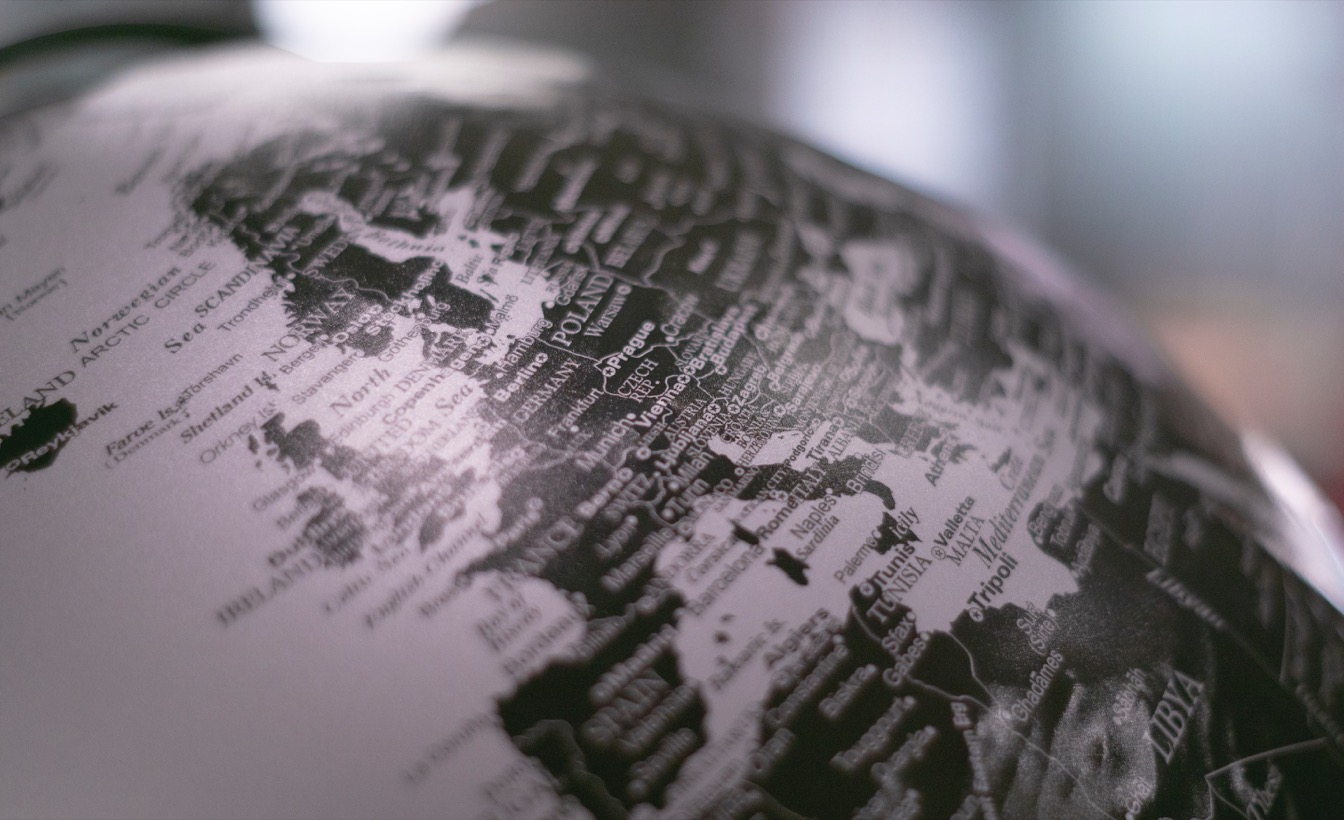
News
Enabling the transition to electric mobility in Asian intermediate public transport fleets
Intermediate public transport fleets cater to a huge demand in mobility services in many countries – especially in Asia. As local governments invest in clean mobility initiatives, there are many challenges to enabling the transition to electric IPT fleets.
What are intermediate public transport fleets?
Intermediate public transport (IPT), sometimes referred to as paratransit, are road vehicles used for passenger transportation which do not follow a fixed time schedule and may not follow a fixed route. IPT vehicles include: rickshaws, tuk-tuks, taxis, minibuses, carpools, vanpools, buses and demand-responsive (dial-a-ride) vehicles.
IPT is often an informal mobility solution, providing an accessible transport service to passengers of different income backgrounds and complementing the existing formal networks of urban transportation.
IPT is usually highly frequent and covers short-trip length – hence why it is important for last-mile connectivity. In other words, IPT helps people get to places that are not always covered by formal public transport.
In many regions around the world, particularly in South and Southeast Asia, IPT fleets are extremely popular. IPT demand is approximately 40-70% in smaller cities, 16-17% in metropolitan cities and 4-5% in mega cities each year.
However, although IPT hugely contributes to satisfy the transportation demands, there are still some challenges around its operation.
First, IPT vehicles are known to be a big part of the urban pollution problem. Many IPT vehicles lack technology and use dirty fuels because they are owned by small-level owners. Depending on the city, IPT fleets contribute 15%-21% to high particulate pollution.
Second, both IPT and the formal public transport services (bus, rail, metro, etc) need to be well integrated. The introduction of a formal transport system without consideration of IPT can lead to conflict between the two systems.
Finally, a third challenge relates to the policy implications around IPT. When it comes to regulation, in many cases the focus is on fixing routes and penalty fares, but deployment strategies often lack clarity.
Many cities have taken initiatives for moving towards cleaner fuel for some IPT. In Delhi, auto rickshaws now use compressed natural gas, policies for cycle rickshaws are being developed and GPS connectivity is being envisaged to improve compliance.
Other cities in India, such as Bengaluru, Chennai, Hyderabad and Kolkata, have implemented a liquefied petroleum gas (LPG) program for IPT 3-W vehicles. In Alwar, incentives are given for taxis to switch to electric vehicles.
Enabling the electrification of IPT fleets
India, and other countries in Asia, has also made considerable efforts and progress in the electrification of paratransit fleets. However, there are common challenges associated with electrifying IPT fleets, such as unregistered vehicles and an absence of certain regulatory frameworks.
Although Central Motor Vehicle Rules in India have been updated to include e-rickshaws, in Delhi, e-rickshaws do not have government permits that allow them on arterial roads, so they are limited to a few routes and their drivers face police harassment.
Mechanisms for charging and ensuring efficiency of electric vehicles should also be in place, as well as policies relating to safety norms and to environmental issues, such as battery disposal.
IPT fleets also experience lack of financial support. Being in the informal market, they fail to leverage existing financial support mechanisms such as bank loans and leases.
Poor infrastructure (for example, lack of public charging stations, parking spaces) and overcrowding are also responsible for difficult operating conditions for e-rickshaws.
According to Anumita Roy Chowdhury, Executive Director of Research and Advocacy at the Centre for Science and Environment, there are several possible solutions to overcoming the challenges above and enable the electrification of IPT fleets.
First, governments and policy-makers need to recognize IPT as a legitimate public transport system and an important source of livelihood upon which many poor and lower middle-class families depend on.
IPT fleets should be integrated and developed based on route rationalization to meet commuting demands. Street design also needs to consider and provide for IPT parking, drop off and pick up.
Finally, the electrification of IPTs needs to be strategic and link to the zero emissions mandate of the city. Local governments should seek to improve service quality, monitoring and enforcement and provide a fiscal strategy for creating the infrastructure for electric paratransit to work effectively.
This blog summarizes discussions raised in the webinar ‘Enabling a transition to electric mobility in Intermediate public transport fleets: policies and enabling environment’. The online session was organized by the Asia LEDS Partnership Clean Mobility Community of Practice.
Photo: Biswarup Ganguly CC BY 3.0
